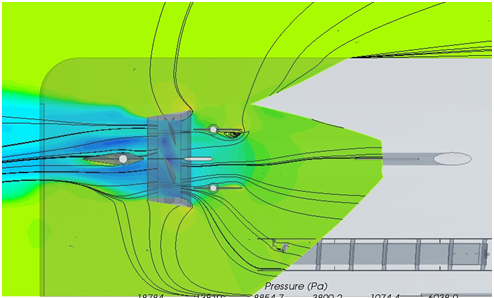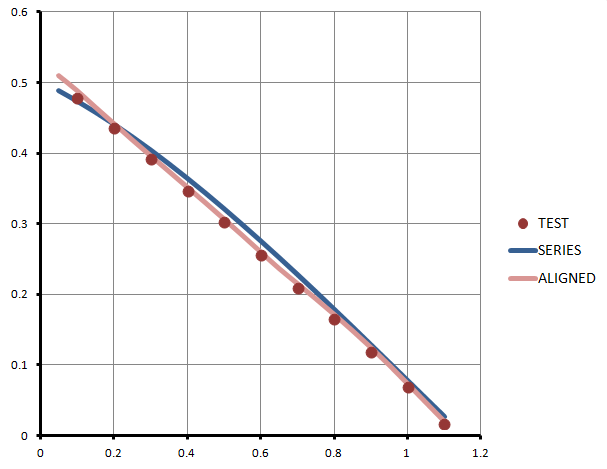
Work-from-Home Webinar Series
HydroComp is hosting weekly webinars to help our customers get the most out of their work from home experiences! View our recent webinars here! After-market Modification of Propellers to Achieve Performance Objectives Propeller hydrodynamics can be complicated...
Article: Fifty Years of Computers for Propeller Design
By Don MacPherson, HydroComp When asked to reflect on the use of computers for propeller design over the last fifty years, my first reaction was to think about my own history with computers. I painted houses one summer in the mid-1970’s to buy a TRS-80 that I took...Hull-Propeller Interaction – Part 1: Wake Fields
This two part series on Hull-Propeller Interaction complements our previous webinar on propeller-radiated noise with a focus on Wake Fields (Part 1) and Propeller Performance (Part 2). We discuss in Part 1 how velocities into the propeller are affected by the hull...Surface-Piercing Propellers: Performance Calculations with NavCad
Surface-piercing propellers (SPPs) have a very specific blade form, with cleaver shaped outlines, high pitch-to-diameter ratios, and carefully crafted wedge-shaped sections. As a result, successful surface-piercing propellers require the use of unique design elements....Surface-Piercing Propellers: Geometric Modeling with PropCad
Surface-piercing propellers (SPPs) have a very specific blade form, with cleaver shaped outlines, high pitch-to-diameter ratios, and carefully crafted wedge-shaped sections. As a result, successful surface-piercing propellers require the use of unique design elements....Propeller radiated noise: Meeting challenges for design and mitigation
The evaluation of Propeller Radiated Noise (PRN) has always been part of the assessment of internal noise, vibration, and habitability. In recent years, PRN has become a focal point for international regulatory efforts to reduce Underwater Radiated Noise (URN). While...